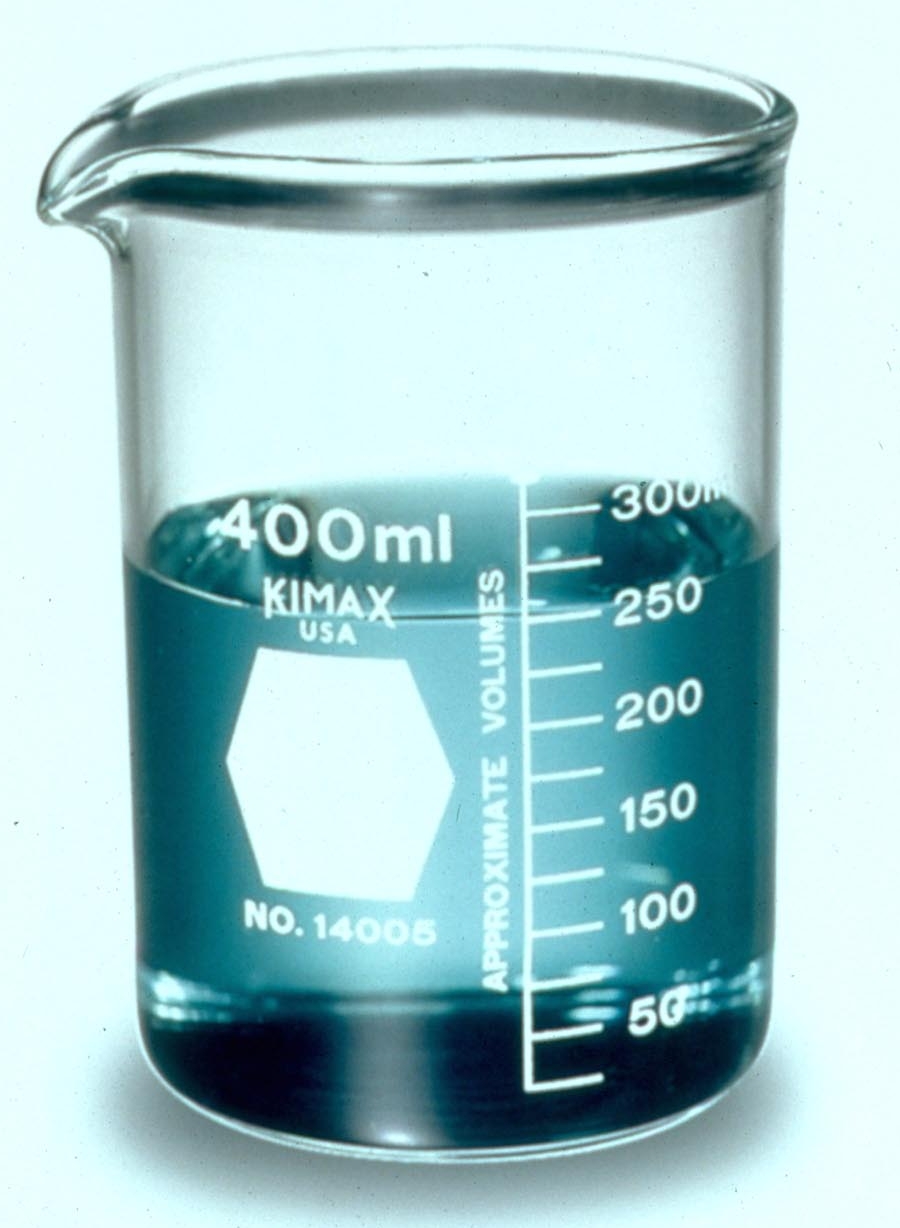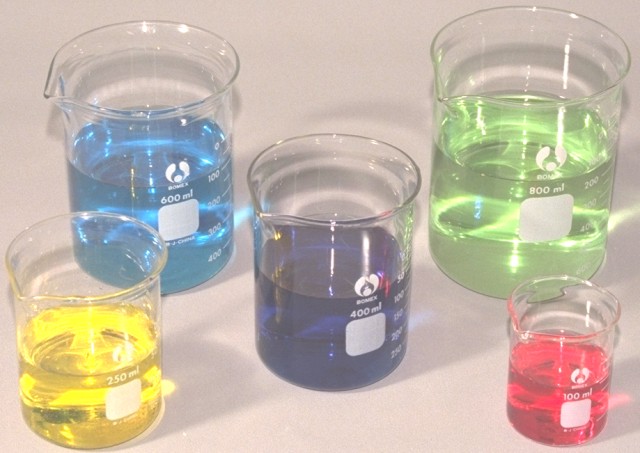

These marks are not intended for obtaining a precise measurement of volume (a graduated cylinder or a volumetric flask would be a more appropriate instrument for such a task), but rather an estimation. For instance, a 250 mL beaker might be marked with lines to indicate 50, 100, 150, 200, and 250 mL of volume. Alternatively, a beaker may be covered with another larger beaker that has been inverted, though a watch glass is preferable.īeakers are often graduated, that is, marked on the side with lines indicating the volume contained. However, when in use, beakers may be covered by a watch glass to prevent contamination or loss of the contents, but allowing venting via the spout. The presence of a spout means that the beaker cannot have a lid. These beakers usually do not have a flat scale. Most also have a tiny spout (or beak) to enable pouring, as seen in. Flat beakers (C) are often called "crystallizers" because most are used to perform crystallization, but they are also often used as a vessel for use in hot-bath heating. A beaker is typically a cylindrical container with a flat bottom used in lab equipment.

These are sometimes called Berzelius beakers, after Jöns Jacob Berzelius, and are mostly used for titration. "Tall-form" (B) beakers have a height about twice their diameter. Low form beakers are likely to be used in some way when performing a chemical experiment. These are the most universal character and are used for various purposes-from preparing solutions and decanting supernatant fluids to holding waste fluids prior to disposal to performing simple reactions. The common low form with a spout was devised by John Joseph Griffin and is therefore sometimes called a Griffin beaker. Standard or "low-form" (A) beakers typically have a height about 1.4 times the diameter.


 0 kommentar(er)
0 kommentar(er)
